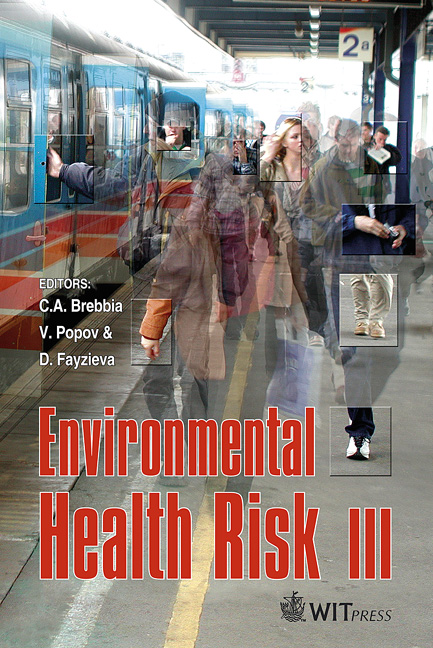Assessing Vulnerability Of Low-income Communities To Indoor Air Pollution In South Africa: Towards The Development Of A Vulnerability Index
Price
Free (open access)
Transaction
Volume
9
Pages
10
Published
2005
Size
272 kb
Paper DOI
10.2495/EHR050171
Copyright
WIT Press
Author(s)
M. Binedell
Abstract
Health Risk Assessment (HRA) is a valuable tool for determining the potential human health risk associated with environmental exposures to hazards. HRAs are, however, limited in that they do not allow an assessment of other factors which may render people more vulnerable. Low-income (and often marginalised) communities are subjected to multiple environmental exposures and often lack the coping mechanisms that enable them to resist, cope with and manage their exposure to hazards. This paper presents the components of a proposed vulnerability index that could be used to assess levels of vulnerability of lowincome communities that are exposed to indoor air pollution. A number of social, biophysical and service-related factors which are particularly relevant to the South African context have been considered and are discussed further. Keywords: vulnerability, household risk factors, indoor air pollution. 1 Introduction Traditional health risk assessments aim to determine the probability and magnitude of risks to human health from exposure to a particular hazard. These assessments consider some of the characteristics of an exposed population, such as age and length of exposure, and include these into the assessment of risks. However, there are a number of other physical, social, economic and built environment factors which may influence the magnitude of adverse health effects
Keywords
vulnerability, household risk factors, indoor air pollution.





